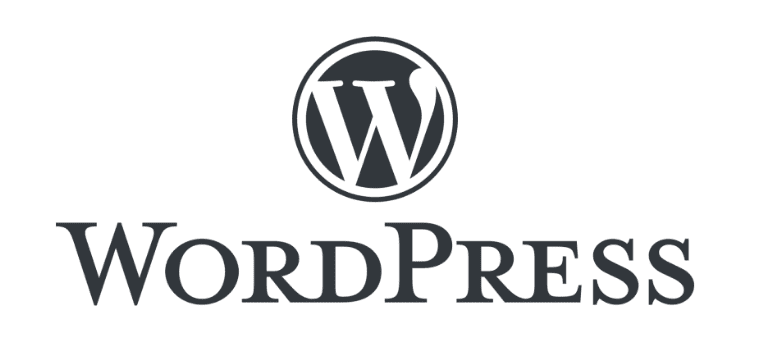
The Foundation of Online Success: Why Top-Notch Web Hosting Matters
The Foundation of Online Success: Why Top-Notch Web Hosting Matters
In the vast landscape of the internet, where competition is fierce, the quality of your web hosting can be the make-or-break factor for your online presence. This blog post delves into the crucial reasons why investing in excellent web hosting is paramount for the success of your website.
- Website Performance and Loading Speed: A high-performance website is essential for user satisfaction and search engine rankings. Quality web hosting provides the necessary infrastructure and resources to ensure quick loading times, contributing to a seamless user experience and improved SEO.
- Reliability and Uptime Assurance: Downtime can be detrimental to your online business or presence. Reliable web hosting services guarantee minimal downtime, ensuring that your website is accessible to users around the clock. Consistent uptime builds trust with visitors and prevents potential revenue loss.
- Security Safeguards: Web hosting plays a pivotal role in safeguarding your website against cyber threats. Robust hosting services include security measures such as firewalls, regular security updates, and monitoring to protect your site and sensitive user data from potential breaches.
- Scalability for Growth: As your website grows, so do its requirements. Quality web hosting offers scalability, allowing your site to handle increased traffic, data, and resource demands. This scalability is crucial for businesses experiencing growth and expansion.
- Customer Support and Technical Assistance: Issues and questions can arise at any time. Top-notch web hosting providers offer excellent customer support, providing timely assistance and solutions to technical problems. Responsive support ensures that your website stays operational and issues are resolved promptly.
- Backup and Data Recovery Services: Accidents and data loss can happen unexpectedly. Quality web hosting services often include regular backups and data recovery options. This feature is crucial for restoring your website to a previous state in case of accidental data loss or system failures.
- Optimized Server Resources: Quality web hosting ensures that your website shares server resources efficiently with other websites. This optimization prevents resource hogging, ensuring that your website remains consistently responsive and performs well even during traffic spikes.
- Enhanced SEO Performance: Search engines consider website speed and uptime when ranking pages. A reliable and fast website, supported by excellent hosting, contributes to improved SEO performance, potentially leading to higher search engine rankings and increased visibility.
Conclusion: Your website is the digital face of your brand or business, and its success hinges on the quality of web hosting you choose. Investing in top-notch hosting services not only ensures optimal performance, security, and scalability but also lays the foundation for a successful and resilient online presence. Don’t underestimate the impact of quality web hosting—it’s the bedrock upon which online success is built.




